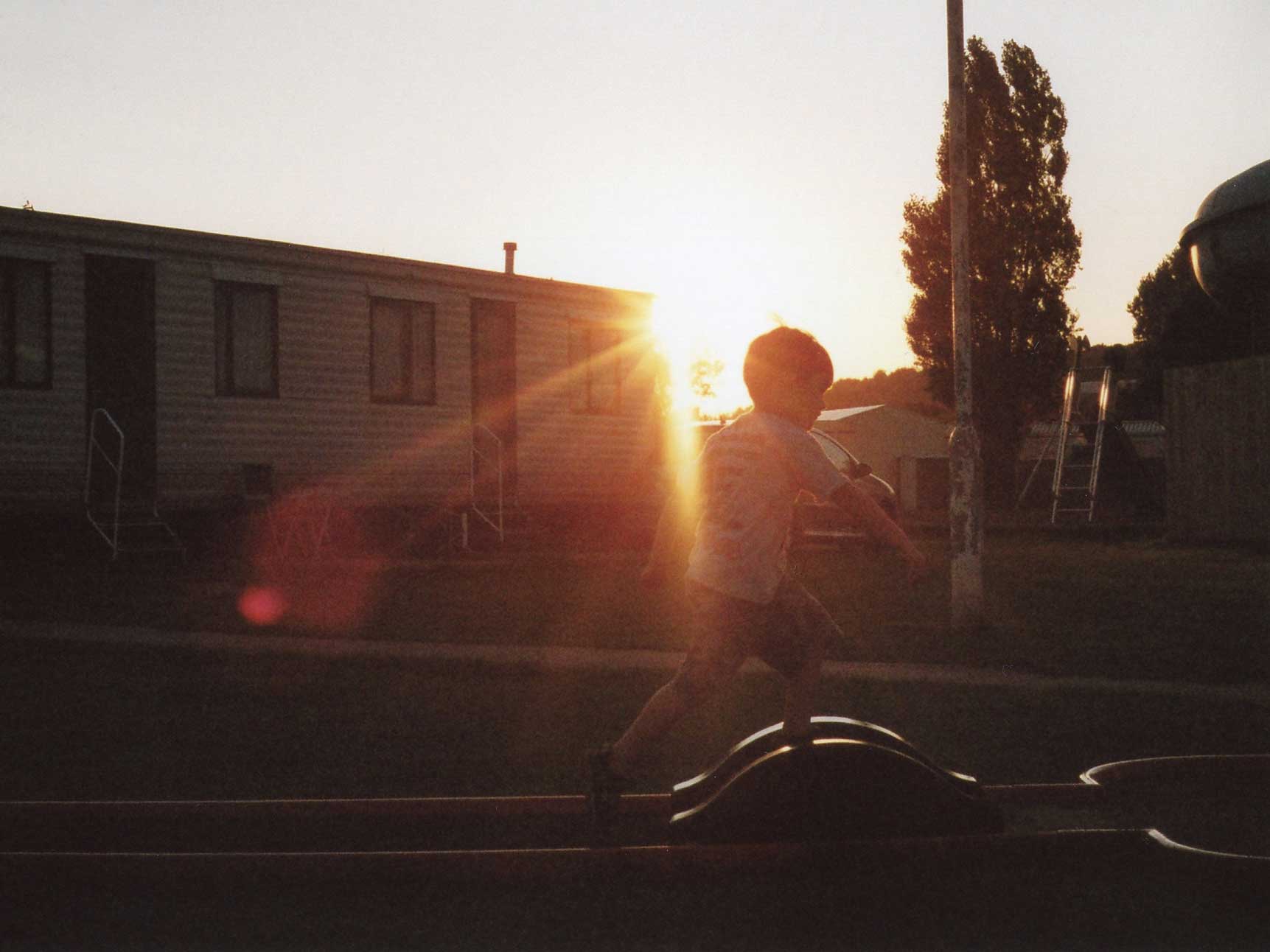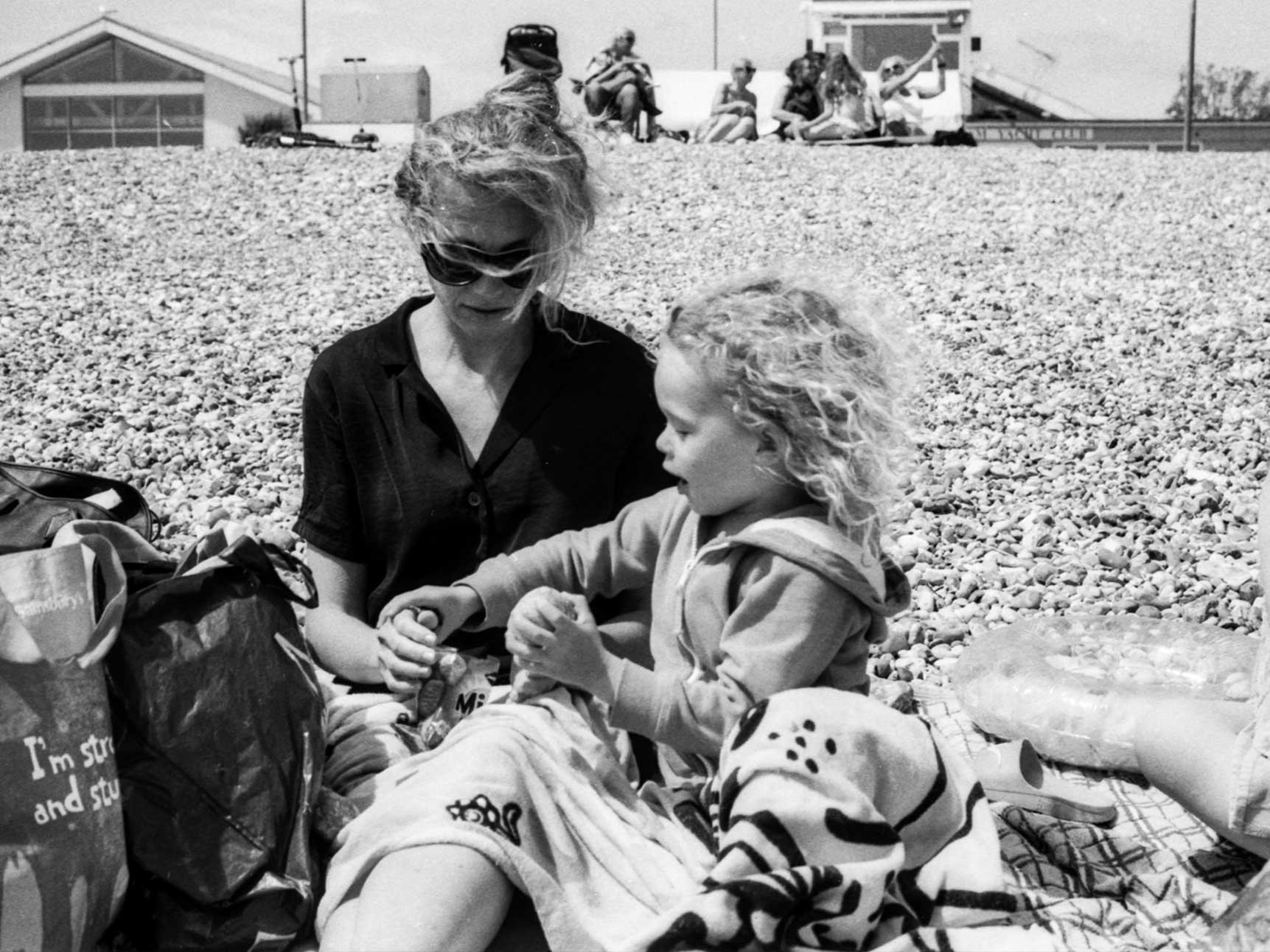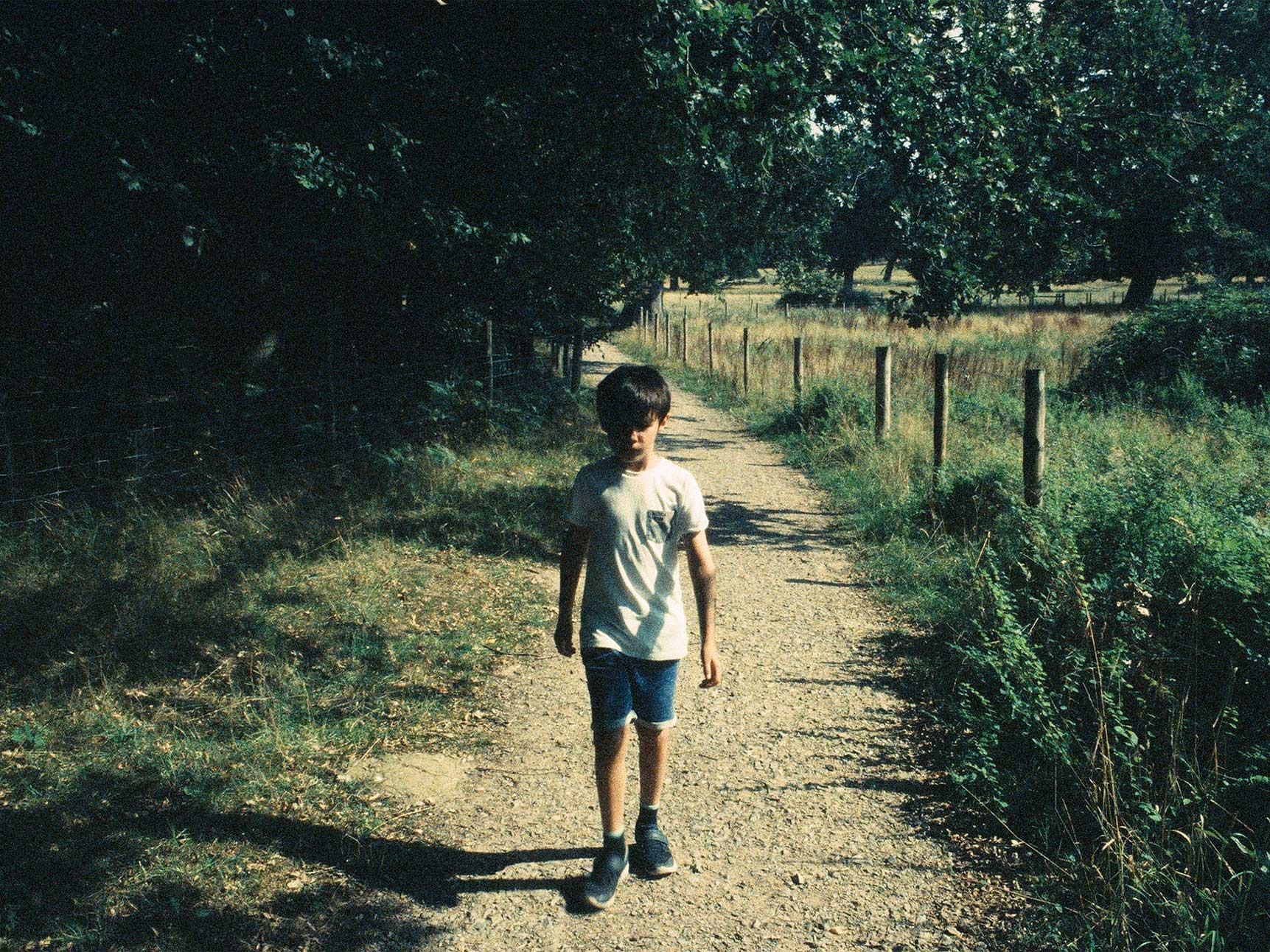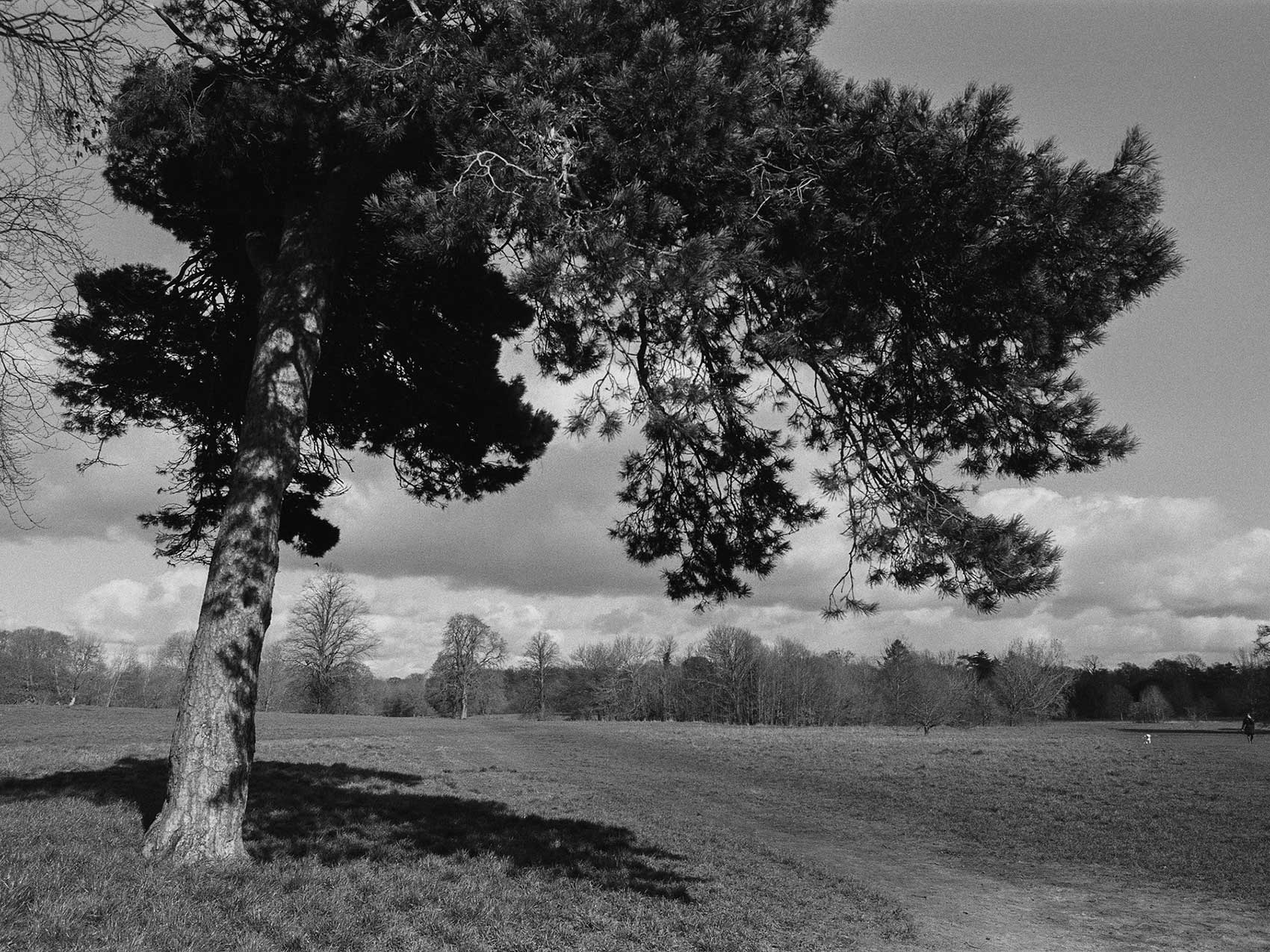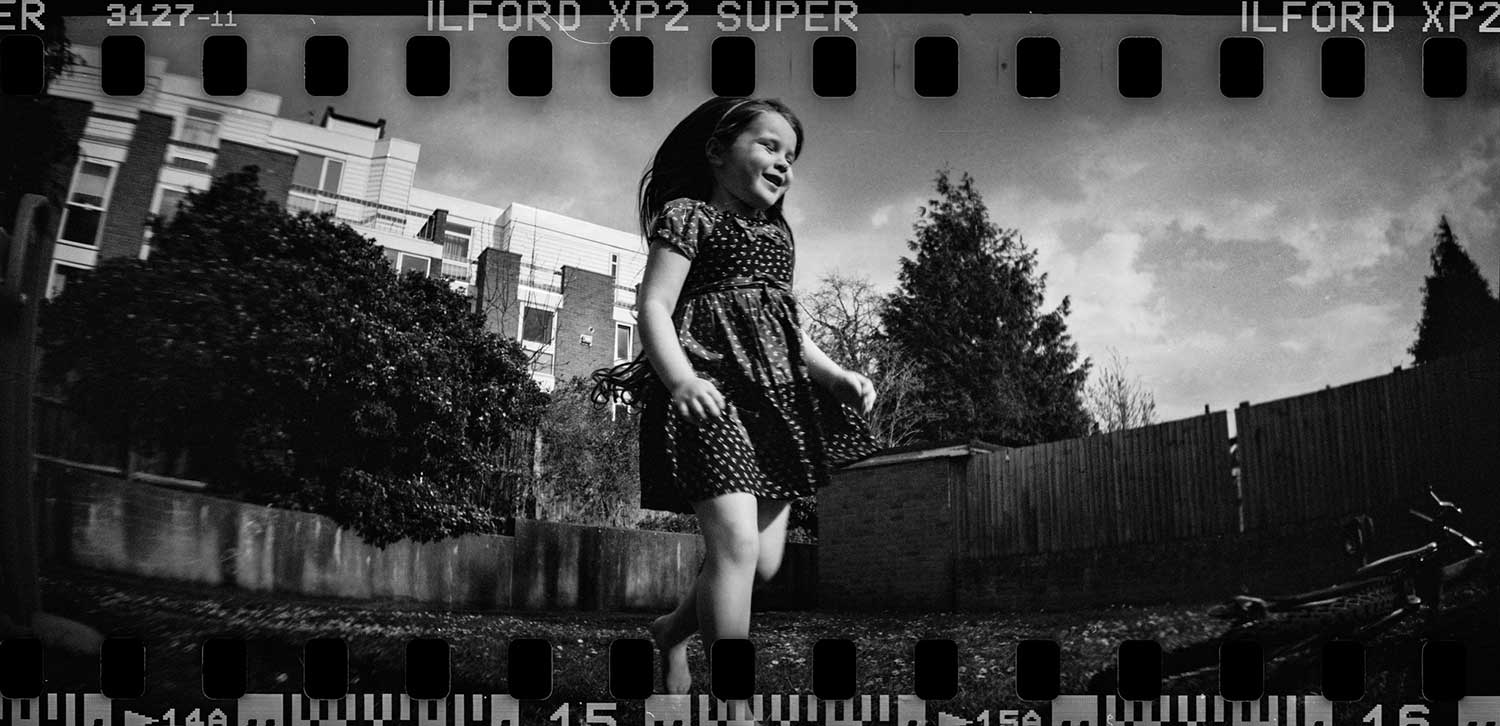The Benefits of Shooting Film
I’ve been an advocate of film photography for a few years now. I’m actually of an age, when it was the only format readily available and back when I was a teenager, 35mm film was the format that I cut my teeth into.
When digital photography took hold, I didn’t pick up a film camera for a good 10 years. And it wasn’t until I got reacquainted with my mum’s old Praktica BMS, that I realised what I was missing.
A firm grounding on the essentials
The first thing I’ll say about film photography, is that it gives you a fantastic grounding in learning the essentials of photography, which as a result, forces you to learn how the exposure triangle works.
With the limit of 36 shots on most rolls of 35mm, there’s little margin for trial and error. And with the film speed, you can’t suddenly change your ISO on a whim, not without it having an effect later on the shots you’ve already taken on that film.
In a nutshell, it forces you to take a decision and stick with it, and it disciplines you in a way that digital photography never can.
If you’re shooting with a manual camera and you’re limited to certain number of shots, you need to learn how to manage your exposure settings, you need to learn how to focus and need to understand what makes a good photograph.
You also need to know what subject you’re shooting. Different films produce different results – black and white, daylight balanced colour, tungsten balance colour, high speed, low speed. All these decisions will affect the output of the image.
Happy accidents
Digital technology also removes a certain unpredictable inconsistency that makes film photography so enticing. While I appreciate the high definition of my Fuji X-T3’s, I also appreciate a happy accident when I see one. You can tinker with an image in Photoshop and Lightroom, and try to replicate an expired film and/or a lightleak, but it never looks authentic. It almost looks too perfect.
The same can be said of sprockets, where you take a roll of 35mm and shoot it in a camera that has been modified to expose the image on the whole film. Recreating that digitally, just doesn’t look the same, nor does it feel as rewarding.
Shoot film, have fun
So, if you’ve never shot film before, do yourself a favour, get your hands on a vintage camera and some film, go out and have some fun.
I highly recommend it.

